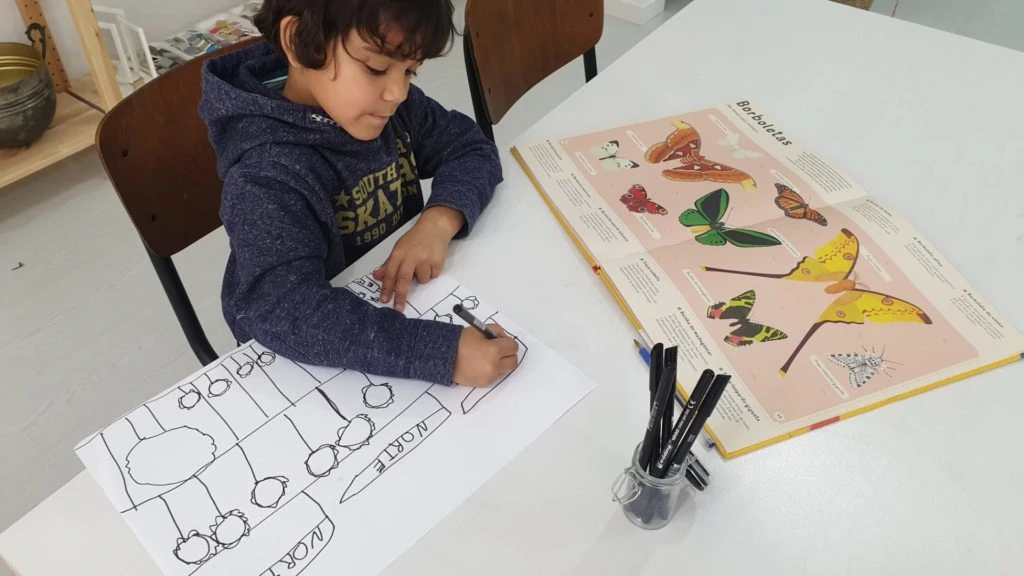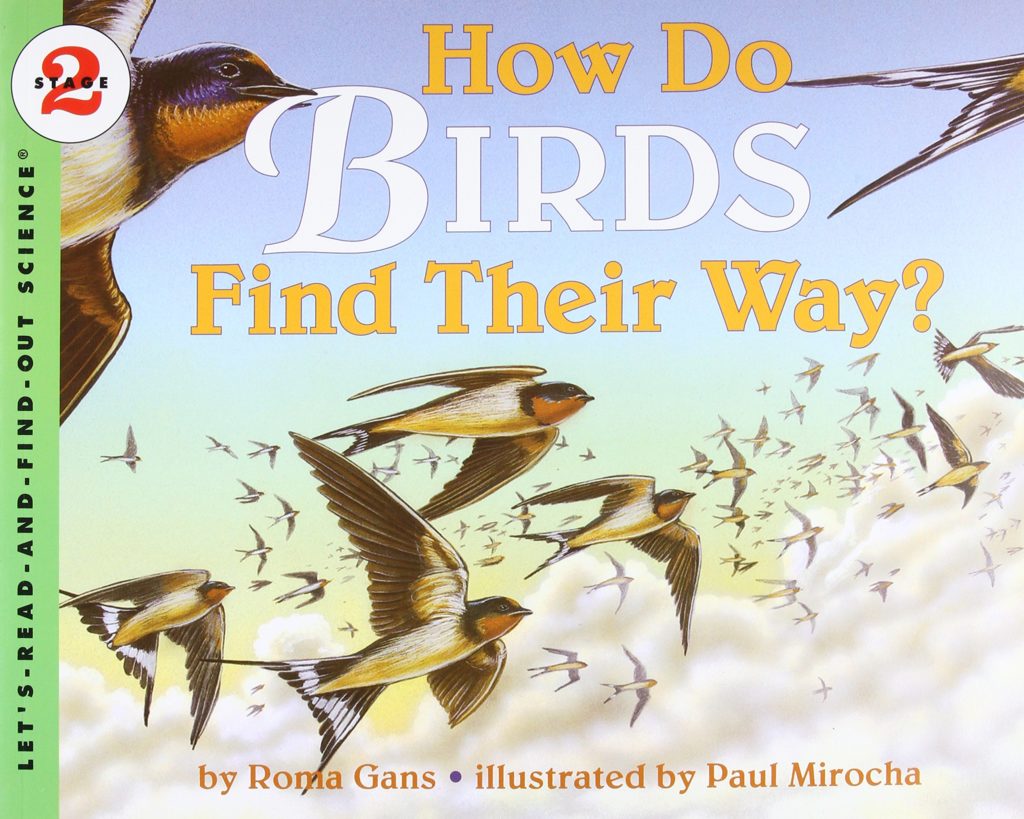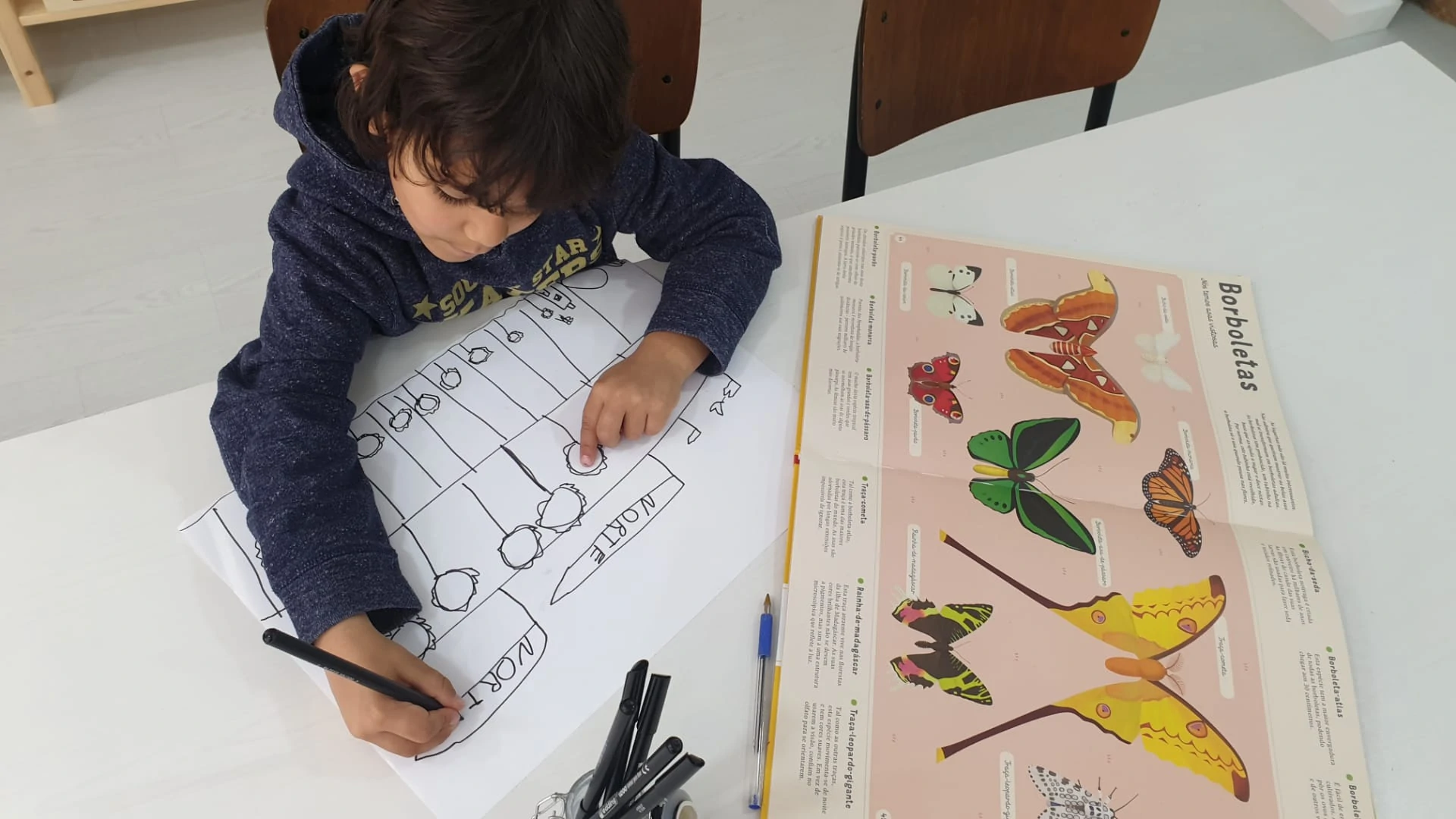Migration is a form of adaptation and part of the life cycle of many animal species that move from one place to another at certain times of the year to find food or to reproduce.
These animals teach us a lot about resistance and persistence by walking, swimming, or flying many miles to survive. How does it sound to travel twice the earth’s circumference twice a year?
Scientists are still working on their theories on how some of these animals keep returning to the same exact place year after year with no map or app. As natural theory makers, we believe that children may have something to add to the discussion.
This play invitation will allow children to reflect on one of nature’s most fascinating cycles while building new and exciting theories.
Children can also learn new vocabulary, explore geography and learn about animal behaviours, and develop observation, curiosity, imagination, and empathy.
What Could Lead Us to This Play Invitation
- Children have been exploring animals and habitats;
- Children are curious about animal houses and families;
- Children are excited about seeing animals moving around and birds flying.
Materials Needed
• Paper
• Markers
• Construction materials like wood, cardboard, corks, string, and fabrics
Setting up this Play Invitation
- Prepare a table with paper, and markers.
Tip: Having on the table a book or two with stories about butterflies can ignite imagination and conversations.
How to Explore
- Start a dialogue with the children: Where are the butterflies in the winter?
- Listen to their theories, making connections with aspects related to the migratory cycle, like:
- Are they in another place?
- How do they know how to get back?
- Invite children to create a “pit stop” at the school for migratory animals, considering what they need to continue their long journey.
- What do butterflies (or other animals) need in the middle of a long trip?
- Will they be thirsty or hungry?
- Tired and in need of sleeping a bit?
- First, children can draw a plan with all the necessary things, and then they can build it using wood, cardboard, corks, string, fabrics, and other materials you can find.

How to Nurture the Natural Unfolding of the Child’s Identity During This Play Invitation
- Honor children’s right to learn and develop perspective-taking. Children will grow more empathetic if they have opportunities to look at situations from someone else’s perspective and try to understand their point of view, in this case, the needs of animals while migrating.
The Academic Learning Opportunities
- SCIENCE: Discover nature cycles, habitats, adaptation, and survival.
- PHYSICAL: Build on their motor skills while assembling materials.
- SOCIAL: This is a great opportunity for children to develop empathy and perspective-taking.
- LANGUAGE: Engage in conversations and elaborate stories.
- ART: Work creatively with materials, draw a plan from an idea and translate it through assembling materials.
Extensions
- Challenge children to discover other migratory animals like wildebeests, emperor penguins, monarch butterflies, sea turtles, elephants, golden streaks, gray whales, tuna fish, reindeer, or salmon.
Book Recommendation

A beautifully illustrated book about the mystery of how birds know which way to fly when migrating.


